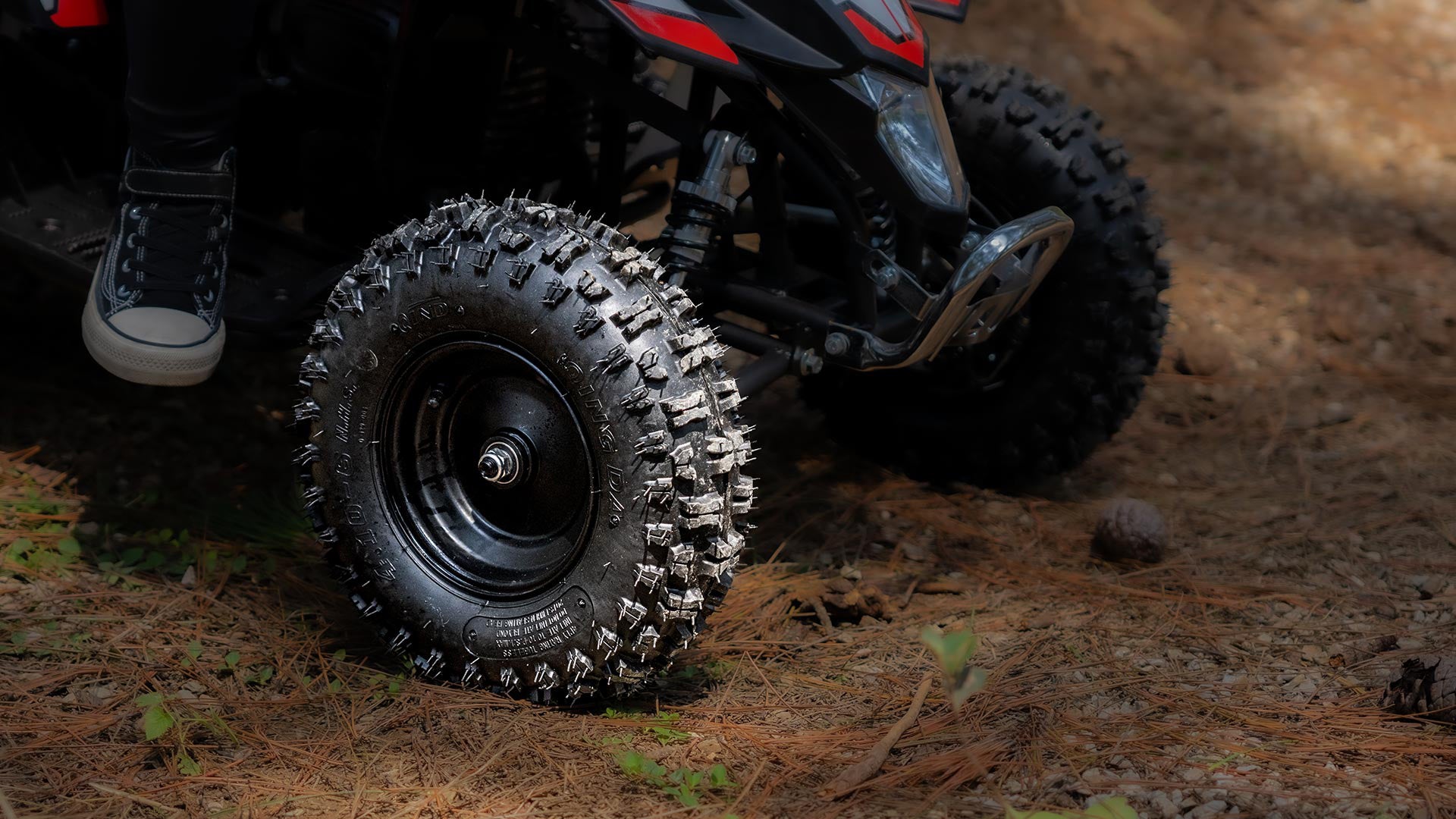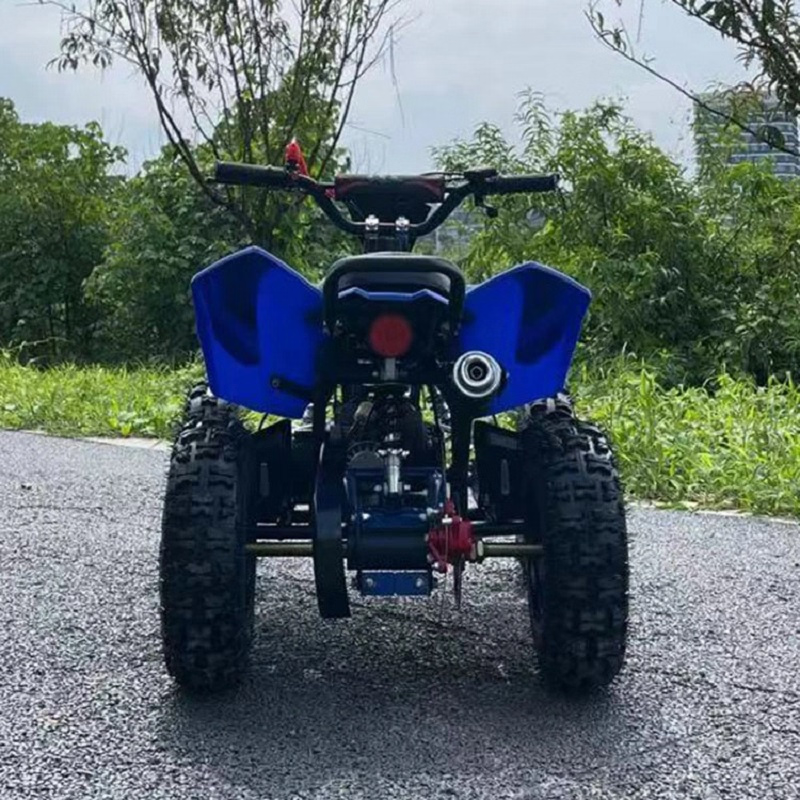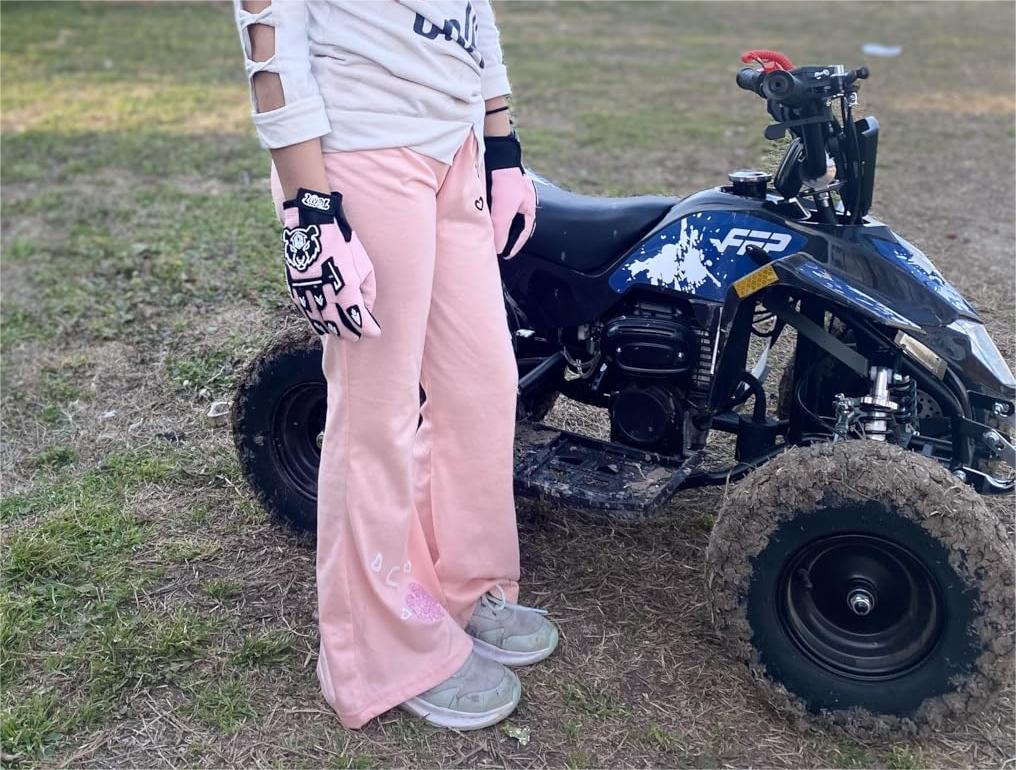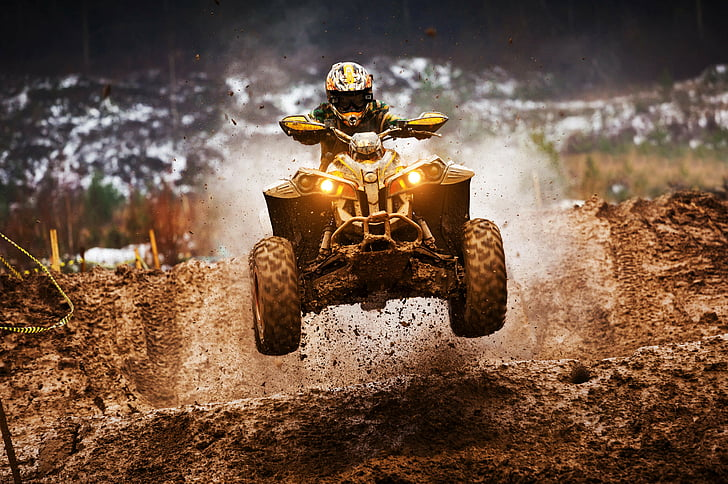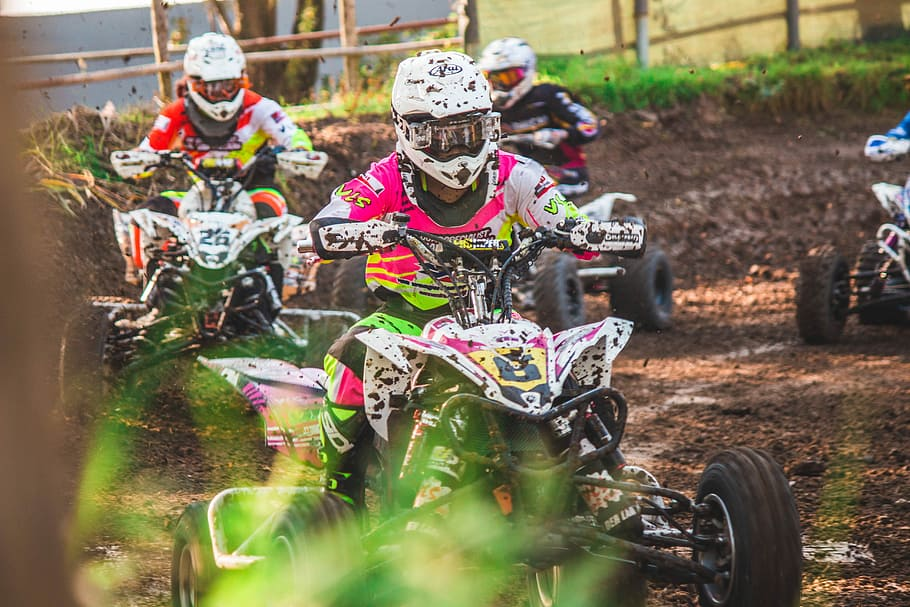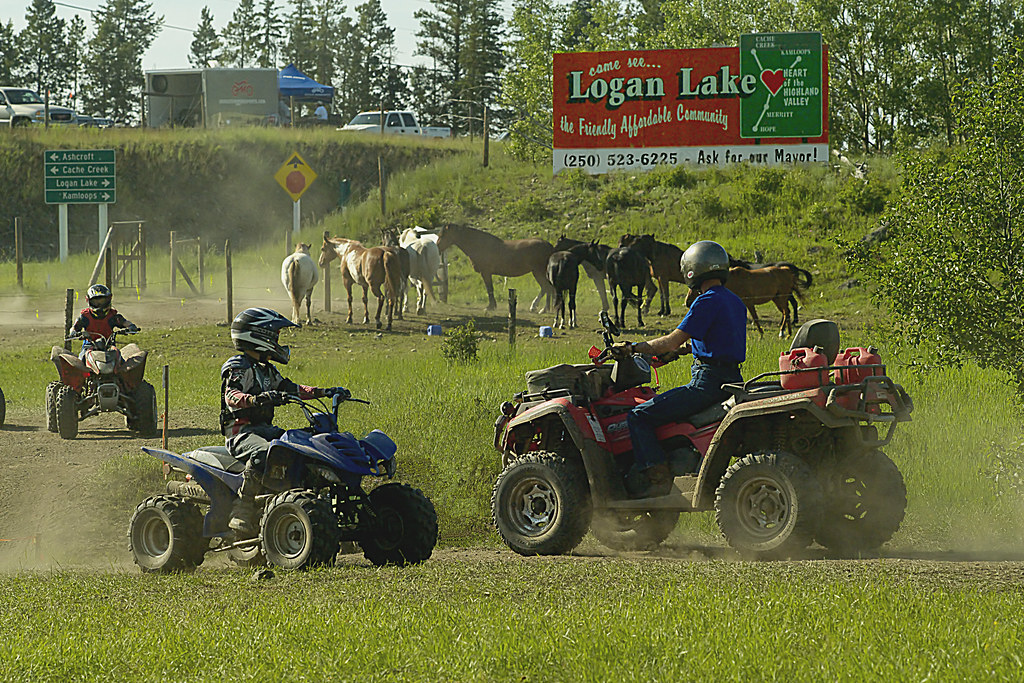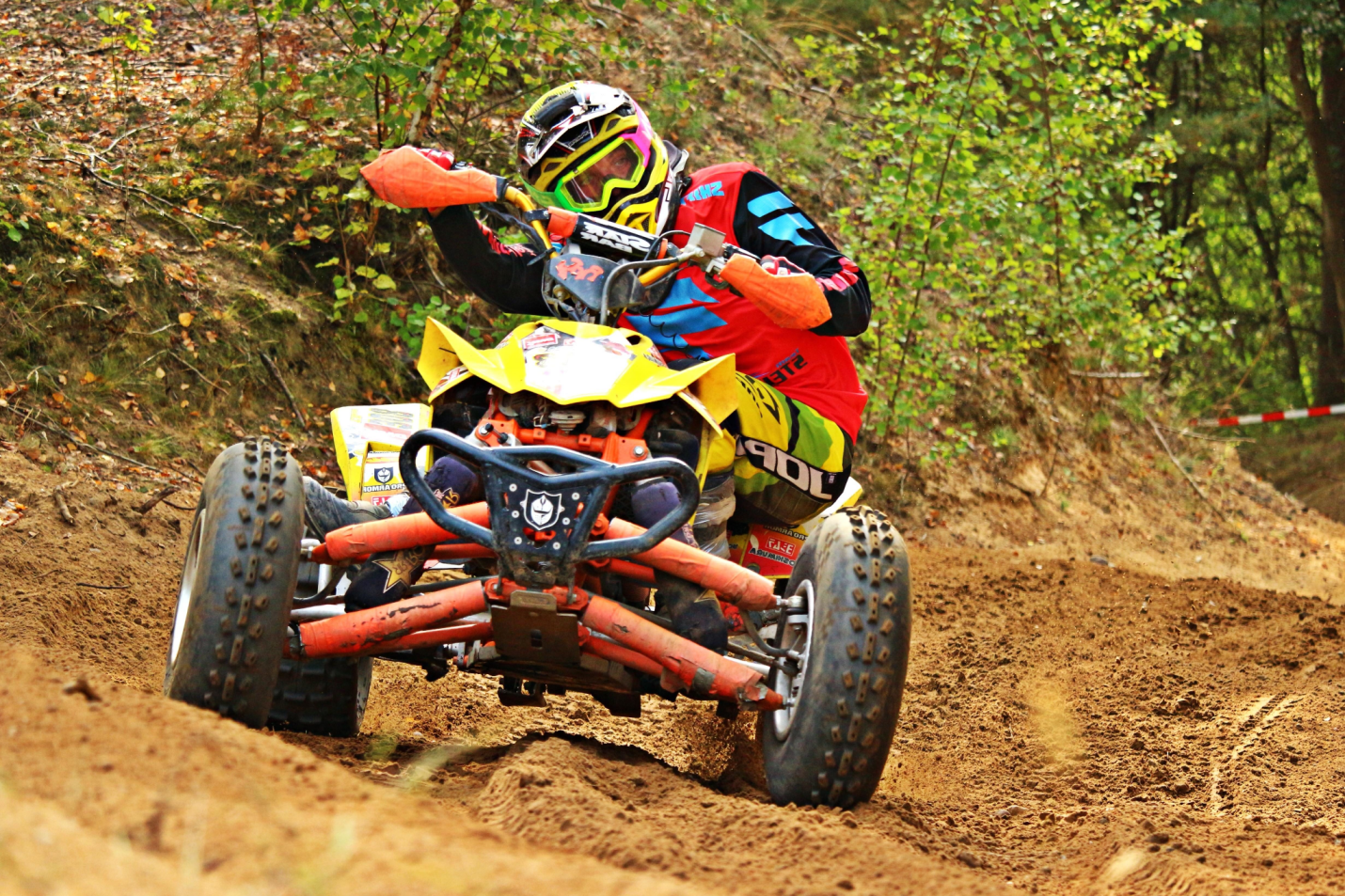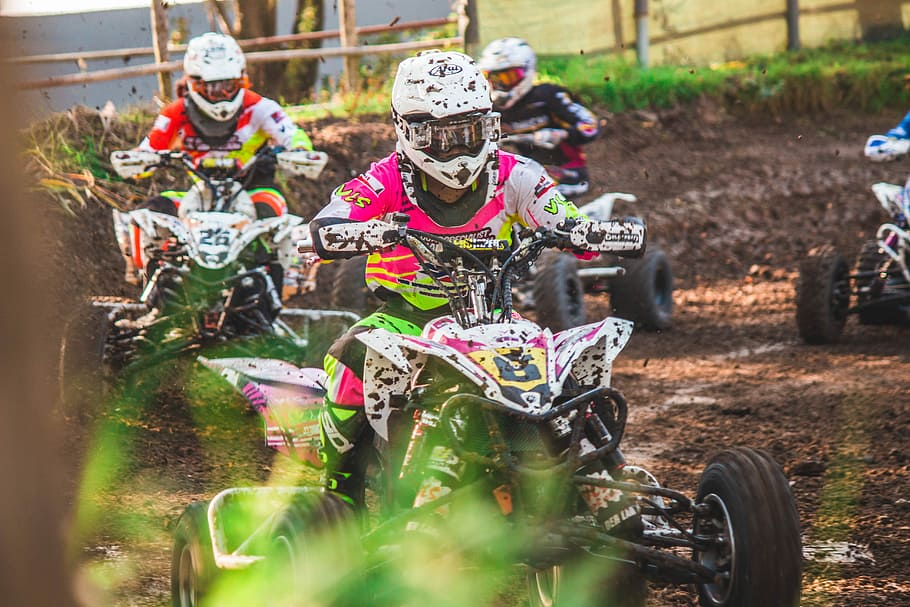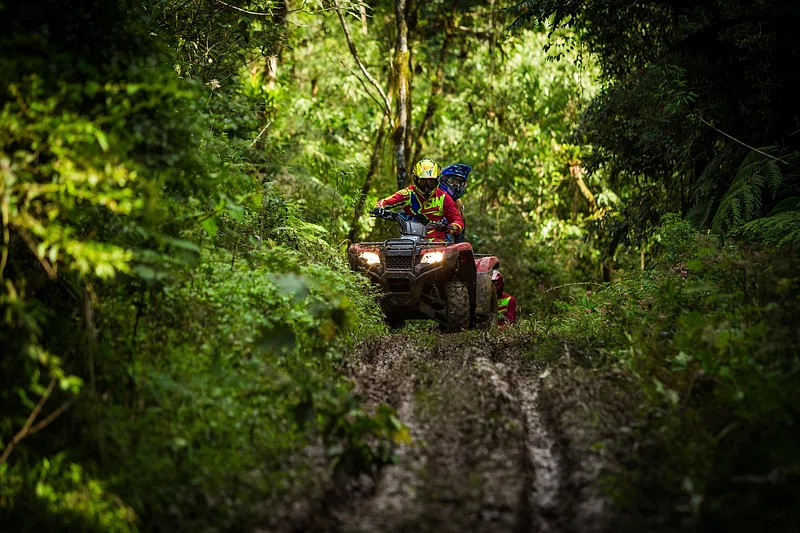Mini quads are gaining traction as a popular way for kids to experience the excitement of power sports safely. These vehicles are specifically designed for young riders, offering a thrilling yet manageable entry into riding.
Brands like FRP ensure safety is a top priority, delivering products such as the Sahara 40 mini quad, which combines fun with essential safety features.
This guide will walk parents through essential tips to help their young riders develop confidence and skills, ensuring a safe and enjoyable riding experience.
Start Slow and Get Comfortable with Controls
The first step in helping a child become a confident mini quad rider is to get them familiar with the controls. A mini quad, such as the FRP Sahara 40 is a gas 4 wheeler for kids ages 6-12, is equipped with simplified controls designed specifically for young riders. These controls include a throttle, brakes, and steering, which may seem basic, but children must understand how each part works together.
Begin by having your child practice in an open, flat area free of obstacles. This controlled environment allows them to explore how the gas quad for kids responds to input without the pressure of navigating challenging terrain.
Let your child get comfortable with the feel of the throttle, adjusting speed gradually, and understanding how the steering affects movement. As they become more familiar with these basic functions, their confidence will grow.
Starting at a lower speed setting is essential. Not only does it allow young riders to react quickly and avoid accidents, but it also allows them to build muscle memory and familiarity with the quad’s responsiveness. Encourage them to practice at different speeds once they have mastered the basics, but always keep the initial learning phase slow and steady.
Master the Brakes
Effective braking is one of the most important skills for a beginner rider. Young riders must understand how to slow down and stop safely. Mini quads like the FRP Sahara 40, which is a gas 4 wheeler for kids ages 6-12, come equipped with reliable braking systems designed for easy use. Teaching kids to use both the front and rear brakes independently helps them control the vehicle more effectively.
Start by having them practice braking at different speeds on flat ground. Encourage them to gently squeeze the brake lever and notice how the mini quad responds. Practicing at various speeds allows them to understand how much pressure is needed for a smooth stop. It’s important to emphasize the difference between braking gently and braking abruptly, as sudden stops could cause the mini quad to skid or even tip.
When teaching your child about braking, make it clear that controlling speed is as crucial as stopping. The more comfortable they are with controlling their mini quad’s speed, the safer and more confident they’ll feel. By practicing often, young riders will develop the skills to manage unexpected situations, like avoiding obstacles or navigating tricky terrains.
Proper Posture and Balance
Posture plays a significant role in controlling a mini quad, especially when navigating uneven terrain or making turns. Teaching your child the right posture early on helps them maintain better control and balance.
Good posture starts with keeping their knees slightly bent, their back straight, and their hands firmly gripping the handlebars. These adjustments ensure that their body can react quickly to changes in terrain or movement.
A well-designed mini quad, like the Sahara 40 gas quad for kids, promotes stability and balance, making it easier for children to maintain the proper posture. By practicing this posture repeatedly, they’ll learn to instinctively adjust their weight when riding. This is especially important when making turns or going over bumpy surfaces, as the rider’s balance and body position greatly impact how the mini quad behaves.
Additionally, kids must learn how to shift their weight when necessary. When turning, for example, leaning slightly into the turn helps maintain balance and control. On uneven terrain, standing up slightly on the footrests can help absorb bumps, allowing the mini quad to handle rough surfaces more smoothly. Practicing these techniques can make a significant difference in how comfortable and in control they feel while riding.

Respect the Terrain
Riding safely means understanding that not all terrains are the same. It’s important to teach children that while mini quads are designed for off-road adventures, they should always start on familiar, flat terrain. This approach allows young riders to build skills in a controlled environment before moving on to more challenging trails.
The gas ATV for kids is built to handle light off-road adventures, but young riders must assess the terrain before they begin. Encourage your child to ride a mini quad on smooth, flat paths first. Once they’re comfortable, gradually introduce gentle hills or small obstacles to practice navigating uneven terrain. This gradual exposure helps them build confidence while learning the limits of their mini quad.
FRP’s Sahara 40 gas quad for kids is equipped with a suspension system designed to manage bumps and uneven surfaces, providing young riders with a stable ride. However, they must understand how to handle different terrains safely. Kids should know their limits and avoid areas that seem too challenging, such as steep slopes, rocky paths, or areas with loose gravel.
Pro Tip: Have your child walk through new trails before riding them. This way, they can familiarise themselves with the path and identify any tricky spots before riding over them.
Safety Gear is Non-Negotiable
Safety gear is a must for all riders, but it’s especially important for beginners. Wearing full protective gear—helmet, gloves, knee pads, and elbow pads—is crucial for preventing injuries. Emphasizing safety from the start not only keeps the rider protected but also instills a sense of responsibility. It’s also important for parents to set a good example by wearing protective gear themselves, reinforcing that safety comes first.
FRP prioritises safety with their mini quads, ensuring they meet high standards for secure riding experiences. By equipping young riders with the right gear, parents can boost their child’s confidence, making them feel safer and more secure while riding. A helmet, for instance, protects against head injuries and is an absolute must, while gloves and pads protect against scrapes and bumps.
It's a good practice to check that all safety gear fits correctly before each ride. Ill-fitting helmets or loose pads can be uncomfortable and may not provide adequate protection. Investing in high-quality safety equipment is essential for ensuring your child’s safety and enjoyment during their riding adventures.
Conclusion
Mini quads are a fantastic way for kids to experience the excitement of power sports safely. By following these beginner-friendly tips, parents can help their young riders develop essential skills while building confidence. Starting slowly, mastering the controls, and practicing posture and braking techniques are key steps to ensuring a safe experience. Respecting the terrain and always using proper safety gear guarantees kids are prepared for their adventures.
For more guidance and tips on riding mini quads safely, explore additional resources on the FRP website, where you can find tutorials and product details to enhance your child’s riding experience.
Another helpful guide on selecting the right safety gear and accessories for young riders is available at ATV.com. Make sure your child is well-prepared and protected to enjoy the thrill of riding safely.

